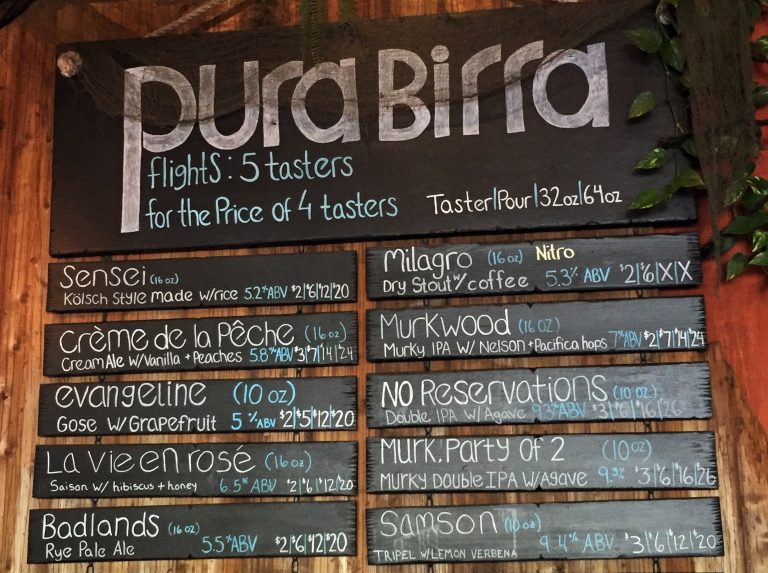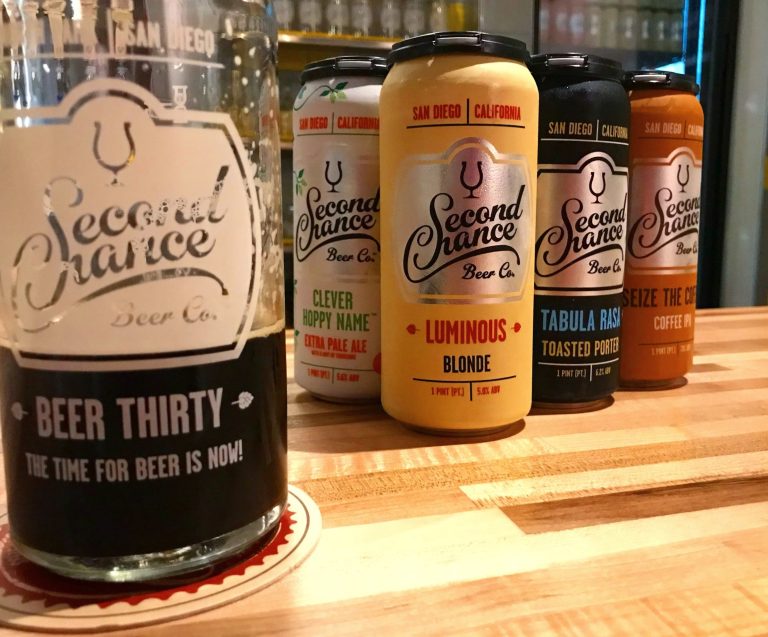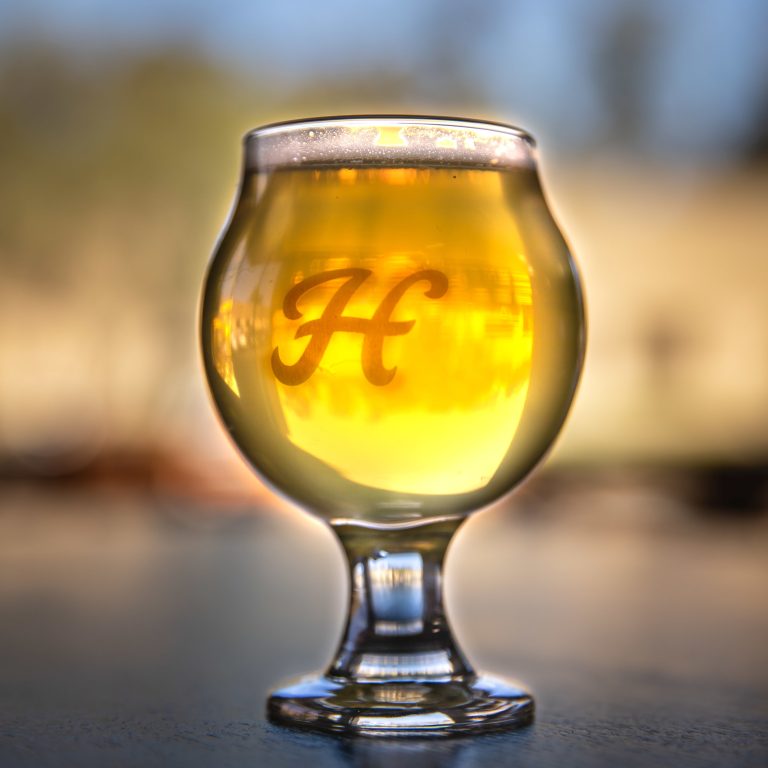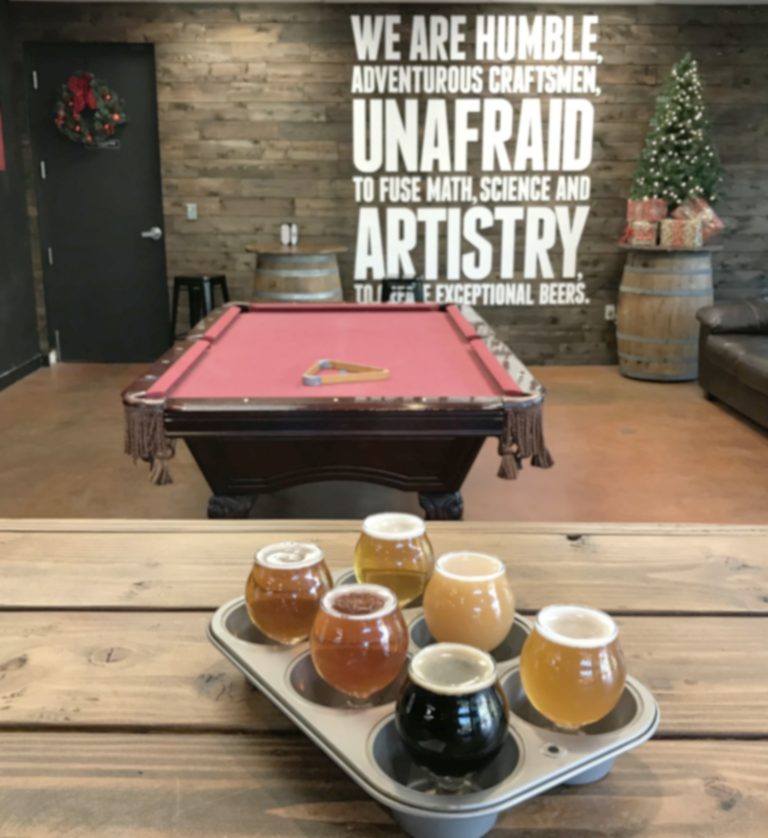The “Dank” Connection Between Weed and Hops
Certain hop varieties are known to exhibit the familiar and similar smell of weed, but does this indicate a relation? We had this question and decided to dig in a bit further.
Well, as it turns out, Humulus lupulus (hops) and Cannabis sativa (marijuana) both have a similar oil makeup, which is the reason for the familiar smells between the two.
A few of the primary aroma compounds in hops are myrcene, beta-pinene and alpha-humulene. These and other aromatic compounds are also what give cannabis plants their characteristic smell.
The similarities aren’t strictly related to aroma qualities either. The primary alpha-acid responsible for producing the bittering action in hops is humulone, which is a terpenoid. A similar terpenoid is also the primary active ingredient in that dank weed you’ve been smoking as well.
These aromatic compounds are known as terpenes, and are found in many plants – although they are most commonly associated with cannabis due to their high concentration. In fact, they are found inside a host of other common plants that are certainly not related to cannabis or hops. For example: lemons have limonene, lavender has linalool and conifers have pinene, but no one would ever confuse these plants with a hop plant or cannabis.
A Long History of Confusion
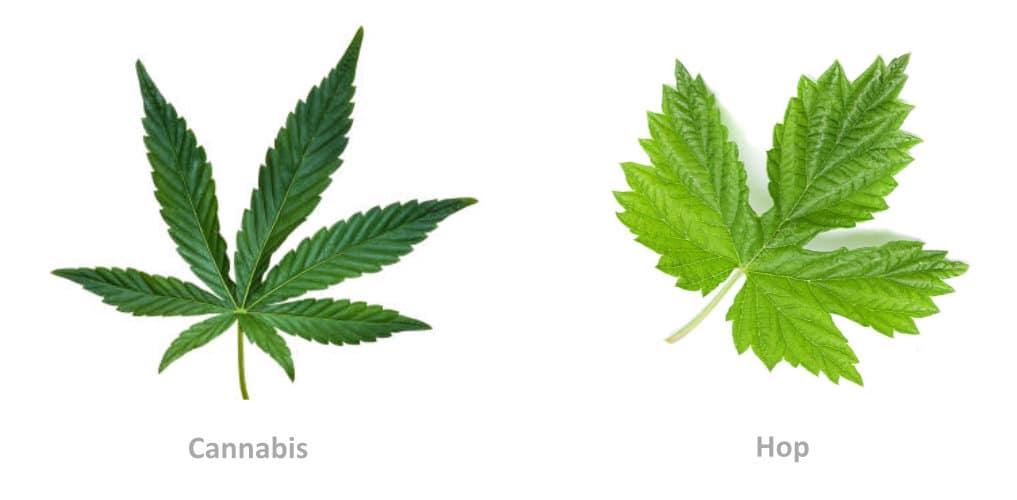
Up until the 1990s, biologists grouped plants together based on structural similarities. These physical similarities grouped cannabis and hops under the order of plants called Urticales.
With the advent of DNA sequencing, scientists realized that Urticales wasn’t a true order, and that the groupings of flowering plants needed some rework. In 2003, molecular biologists from the US and UK confirmed that hops and marijuana were very closely related and belonged to a new single family, called Cannabinaceae.
For those of you who are not biologists, we can look at a family like Cannabinaceae and relate it to your immediate family. The further you go out in your family tree, the much less related you are. The same goes with plants.
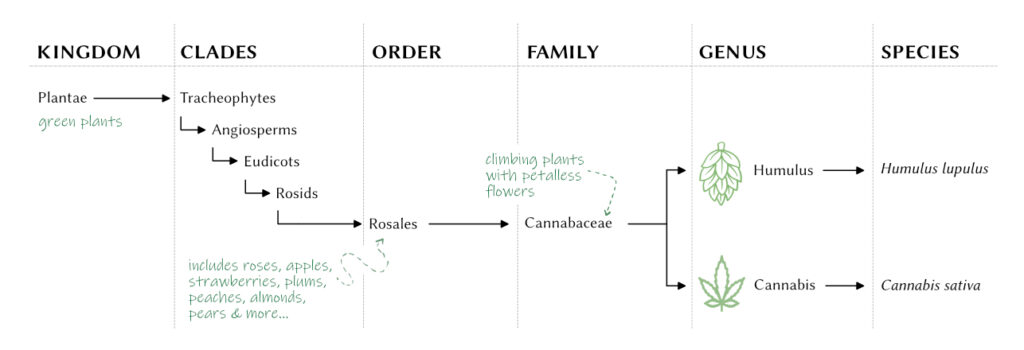
Cannabaceae is a family of climbing plants that are known to have petalless flowers. Traversing up the family tree, we see that they are both a part of the Rosales order. The Rosales order contains a lot of the fruits that hops are often compared to: peaches, strawberries, plums, apples, and roses, among many others.
The taxonomy is confusing to say the least – as with all plants, to be honest – but it appears that our early biologists were pretty close in their grouping of these two species together.
Hop + Weed Mixology
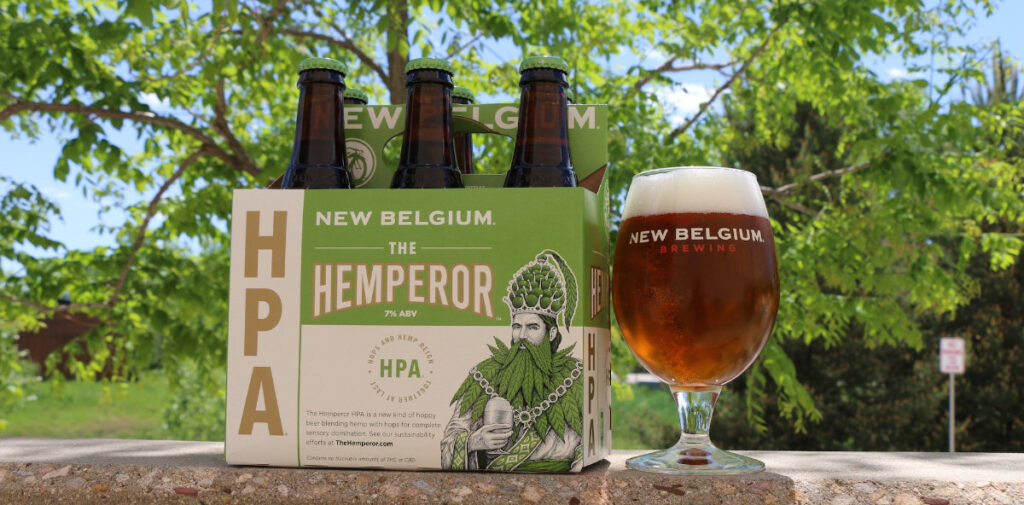
The grouping of weed and hops is of course not limited only to biology. Brewers have long mixed the two species into desirable brews.
There are some home brewers that add marijuana idirectly into their wort to give it the “dank” aroma and/or the THC buzz. THC is alcohol soluble, so I guess dry-potting is always an option. The most famous commercial version is New Belgium’s Hemperor HPA.
New Belgium launched Hemperor with great fanfare in 2018. They mixed hops and hemp hearts (inner seeds) to create what can only be described as beer with more hemp than beer. They claim it is dry-hopped with Simcoe and experimental HBC 522, but all I tasted was the hemp. The Hemperor HPA contained no THC or CBD. This IPA had such an intense weed aroma, that I burped up pot for the next twelve hours. While it was originally enjoyable, by the end, the pot taste would not go away, which completely ruined the experience for me.
Simcoe
Alongside its fruity and slightly earthy aromas, specific descriptors of the Simcoe hop includes grapefruit, passion fruit, pine and berry characteristics. In addition to its great bittering qualities, the Simcoe hop variety – often referred to as “C…
Alpha Acids: 11-15%
Beta Acids: 3-5%
Cohumulone: 15-21%
Country: USA
Purpose: Dual
Total Oils: 0.8-3.2 ml/100g
Profile: fruity, earthy, grapefruit, passion fruit, pine, berry, apricot, bubblegum & citrus
However, the most common way to produce a dank beer is to use hops that add that particular flavor themselves instead of using hemp/pot/marijuana/weed to do the work. Aroma hops are commonly used in the dry hop that have an earthy, grassy flavor that is pungent enough to be considered “dank”.
Hops with Cannabis Aromas
This article wouldn’t be complete without a list of some of the most dank hops available today. We’ve seen many home brewers talk about how certain combinations work better than others, but there are no Brulosphy tests done on this sort of thing… yet.
All we know is that beers that utilize these hops have an aroma and flavor to them that definitely elicits more “dank” than “weed”. This may be a minor distinction to some, but I’m using them as the difference between subtle aromas and a hit-you-over-your-head explosion.
Apollo
Apollo is a super high-alpha variety with a low cohumulone level that makes it an excellent bittering hop. When Apollo is used toward the end of the boil it can contribute flavors and aromas of citrus (lime), grapefruit, orange, pine, resin, and cann…
Alpha Acids: 15-20.5%
Beta Acids: 5.5-8%
Cohumulone: 23-28%
Country: USA
Purpose: Bittering
Total Oils: 0.8-2.5 ml/100g
Profile: citrus, grapefruit, orange, pine, resin, cannabis, lime, lemon & dank
Apollo was released in 2006, and originally considered a bittering hop. However, it has recently seen a resurgence as an aroma hop and become known for its citrus, pine and cannabis flavors when used at the end of the boil.
Galaxy is a strongly pungent hop that is known to have astronomical amounts of fragrant oils when compared to other hops. Southern Hemisphere hops always seem to have unique flavors, and Galaxy is no different. It is known for strong passion fruit aroma and flavor as well as blasts of citrus and peach. The cannabis flavor sometimes stands out when used as a dry hop.
Columbus (CTZ) is a hop that I never really associated with the dank flavor, but many others have. It often comes up whenever anyone talks about how to add a dank flavor to their beer. Columbus hops are commonly used for bittering, but all dank flavors and aromas seem to come out when used as either a late addition or dry hop.
Chinook is mostly known for its pine and resinous character, but sometimes is known to add a smoky earthiness that resembles cannabis. As with all others in this list, dry hopping or late additions work best to coax out these flavors.
Summit is a tricky hop. It is known to add an onion/garlic/sulfur aroma to beers when not stored properly or from a bad batch. Summit is a bittering hop, so its subtle herbal and citrus notes can be construed as dank, especially when paired with the other hops in this list.
Unofficially, many other home brewers have identified Citra, Idaho 7, El Dorado, Mosaic and Amarillo as hops that can add dankness to your beer when used late and in the right amounts. I think the closest here would be Mosaic, but its berry-forward flavors normally overtake any dankness it imparts.
The Dankiest Commercial Beers
Hemperor isn’t the only commercial example of beers that have ramped up the dankness. Here is a list we’ve compiled of the dankiest beers on the market today.
- Wicked Weed Lieutenant Dank – An IPA that uses Columbus, El Dorado and Simcoe in the dry hop.
- Lagunitas Waldos’ Special Ale – Billed as the dankest beer ever brewed at Lagunitas, this limited edition beer is only available in select locations in April. It clocks in at 100IBU and 11.7% ABV.
- Sweetwater Hop Hash Easy IPA – Dually named after the high amounts of Amarillo hop hash, this beer is also hopped early with Bravo and dry with Ahtanum, El Dorado and Crystal.
- Ale Asylum High Coup – This bold yet approachable Tropical IPA is dank and resinous and packs the flavor of a high octane beer in a more sessionable 6.2% ABV package.

